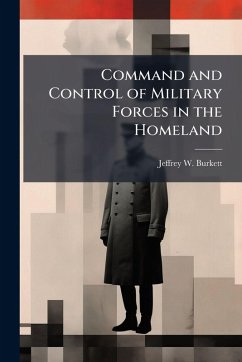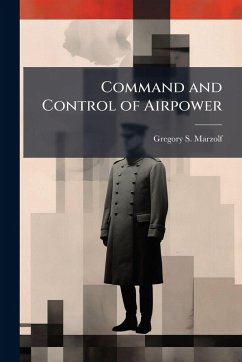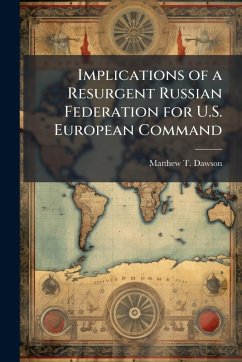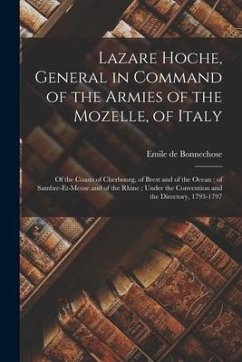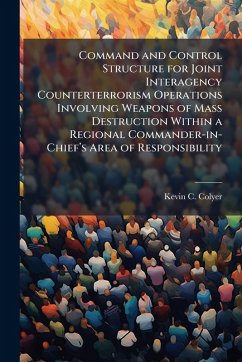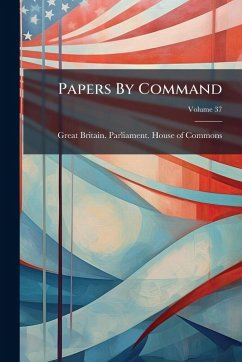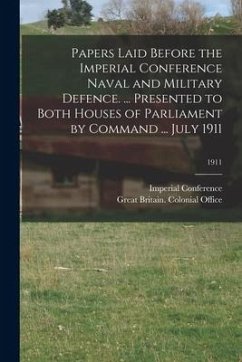
Africa Command
Versandkostenfrei!
Versandfertig in über 4 Wochen
14,99 €
inkl. MwSt.
Weitere Ausgaben:

PAYBACK Punkte
7 °P sammeln!
On February 6, 2007, the Bush Administration announced its intention to create a new unified combatant command, U.S. Africa Command or AFRICOM, to promote U.S. national security objectives in Africa and its surrounding waters. U.S. military involvement on the continent has been divided among three commands: U.S. European Command (EUCOM), U.S. Central Command (CENTCOM), and U.S. Pacific Command (PACOM). The new command's area of responsibility (AOR) will include all African countries except Egypt. AFRICOM was officially launched as a sub-unified command under EUCOM on October 1, 2007, and is ex...
On February 6, 2007, the Bush Administration announced its intention to create a new unified combatant command, U.S. Africa Command or AFRICOM, to promote U.S. national security objectives in Africa and its surrounding waters. U.S. military involvement on the continent has been divided among three commands: U.S. European Command (EUCOM), U.S. Central Command (CENTCOM), and U.S. Pacific Command (PACOM). The new command's area of responsibility (AOR) will include all African countries except Egypt. AFRICOM was officially launched as a sub-unified command under EUCOM on October 1, 2007, and is expected to become a stand-alone command by September 30, 2008. This work has been selected by scholars as being culturally important, and is part of the knowledge base of civilization as we know it. This work was reproduced from the original artifact, and remains as true to the original work as possible. Therefore, you will see the original copyright references, library stamps (as most of these works have been housed in our most important libraries around the world), and other notations in the work. This work is in the public domain in the United States of America, and possibly other nations. Within the United States, you may freely copy and distribute this work, as no entity (individual or corporate) has a copyright on the body of the work. As a reproduction of a historical artifact, this work may contain missing or blurred pages, poor pictures, errant marks, etc. Scholars believe, and we concur, that this work is important enough to be preserved, reproduced, and made generally available to the public. We appreciate your support of the preservation process, and thank you for being an important part of keeping this knowledge alive and relevant.




